Home>Gardening & Outdoor>Pool & Spa Care>How To Tell If Hot Tub Circulation Pump Is Working
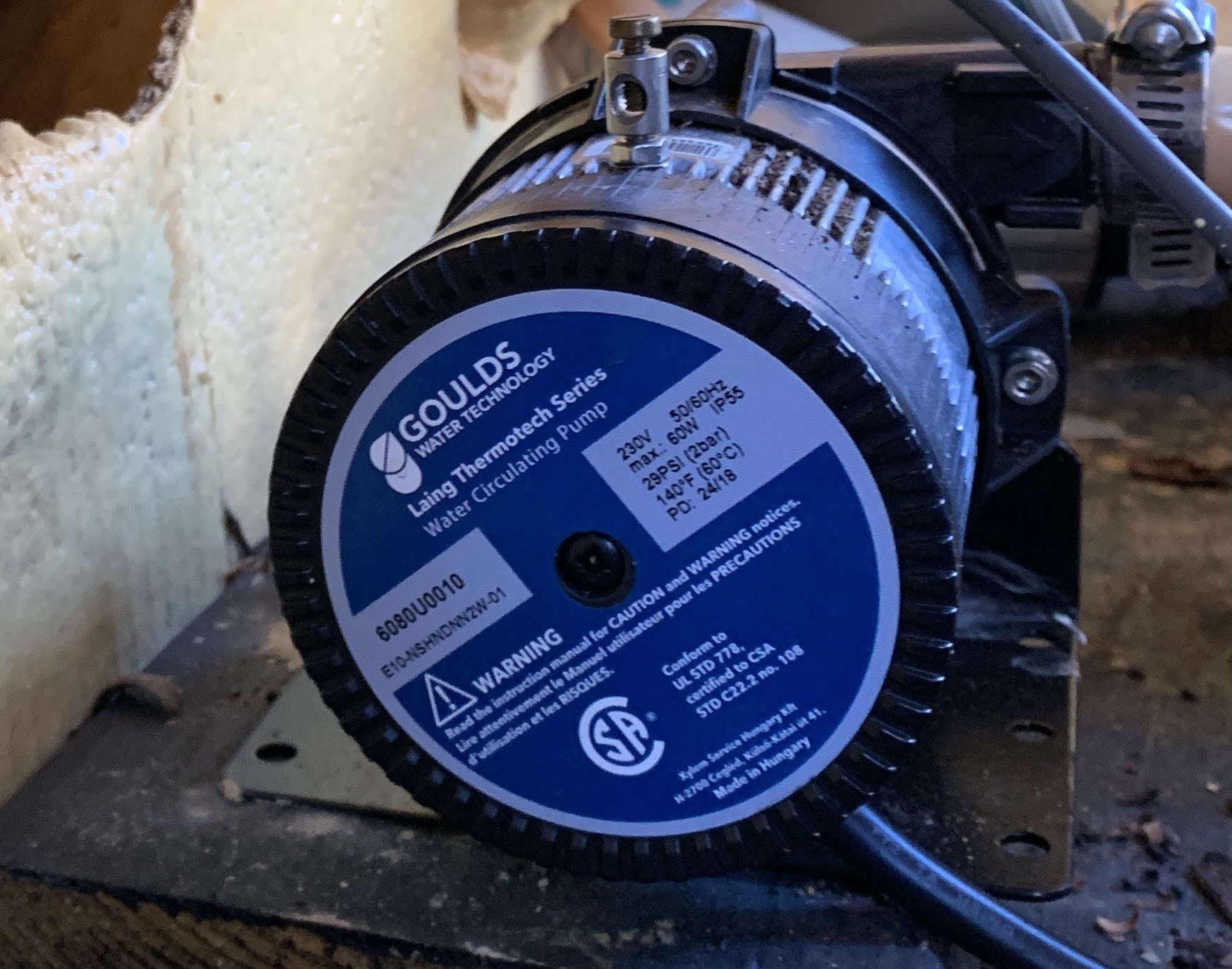

Pool & Spa Care
How To Tell If Hot Tub Circulation Pump Is Working
Published: December 29, 2023
Learn how to determine if your hot tub circulation pump is functioning properly with our expert tips for pool and spa care. Keep your hot tub running smoothly with our troubleshooting guide.
(Many of the links in this article redirect to a specific reviewed product. Your purchase of these products through affiliate links helps to generate commission for Storables.com, at no extra cost. Learn more)
**
Introduction
**
So, you've invested in a luxurious hot tub, and you're ready to soak away the stresses of the day. But before you can enjoy the soothing warmth and relaxation it provides, it's crucial to ensure that all its components are functioning optimally. One of the key elements that contribute to the smooth operation of your hot tub is the circulation pump. This unassuming yet vital component plays a crucial role in keeping the water clean, properly distributing heat, and maintaining overall water quality.
In this comprehensive guide, we will delve into the essential aspects of hot tub maintenance, focusing specifically on the circulation pump. By understanding the function of the circulation pump, recognizing signs of potential issues, and learning how to test and troubleshoot it, you'll be better equipped to keep your hot tub in prime condition. Whether you're a seasoned hot tub owner or a newcomer to the world of hydrotherapy, this article will provide valuable insights to help you ensure that your hot tub's circulation pump is working as it should. So, let's dive in and explore the inner workings of this fundamental component!
Key Takeaways:
- Regularly inspect and test your hot tub’s circulation pump for signs of malfunction, such as low water pressure, unusual noises, or inconsistent water temperature, to ensure a clean and relaxing soaking experience.
- Keep your hot tub’s circulation pump clean, monitor water chemistry, address leaks promptly, and schedule professional servicing to maintain optimal functionality and prolong the lifespan of this essential component.
Read more: How To Tell If Hot Tub Heater Is Working
Understanding the Role of the Circulation Pump
Before we delve into identifying potential issues with your hot tub’s circulation pump, it’s essential to understand the pivotal role this component plays in the overall functionality of your spa. The circulation pump serves as the heart of your hot tub’s water circulation system, working tirelessly to keep the water clean, filtered, and properly heated. Here’s a closer look at the primary functions of the circulation pump:
- Water Filtration: The circulation pump is responsible for pushing water through the filtration system, where impurities and debris are captured and removed. This process is crucial for maintaining clean and hygienic water, ensuring a safe and enjoyable soaking experience.
- Heat Distribution: In addition to filtering the water, the circulation pump facilitates the distribution of heated water throughout the hot tub. This helps maintain a consistent and comfortable water temperature, allowing you to relax and unwind in a soothing environment.
- Chemical Dispersal: Proper water circulation is essential for dispersing chemicals evenly throughout the hot tub. This ensures that sanitizers and other water-treatment products are effectively distributed, promoting water clarity and hygiene.
- Prevention of Stagnation: By continuously circulating the water, the pump prevents stagnation and helps prevent the buildup of algae and bacteria. This constant movement is vital for preserving water quality and preventing potential health hazards.
It’s clear that the circulation pump is integral to the overall performance and longevity of your hot tub. Without a properly functioning pump, the water quality can quickly deteriorate, leading to potential issues such as cloudy water, inadequate heating, and an increased risk of bacterial growth. By understanding the essential role of the circulation pump, you can appreciate its significance in maintaining a clean, inviting, and rejuvenating hot tub environment.
Signs of a Faulty Circulation Pump
Recognizing the signs of a malfunctioning circulation pump is crucial for addressing potential issues before they escalate and affect your hot tub’s performance. Here are some common indicators that may point to a faulty circulation pump:
- Low Water Pressure: If you notice a significant decrease in water pressure within your hot tub, it could be a sign that the circulation pump is struggling to push water through the system. This can lead to inadequate filtration and compromised water circulation.
- Unusual Noises: A properly functioning circulation pump should operate quietly. If you hear unusual noises such as grinding, rattling, or squealing coming from the pump, it may indicate mechanical issues that require attention.
- Inconsistent Water Temperature: A malfunctioning pump can disrupt the proper distribution of heated water, resulting in inconsistent water temperatures throughout the hot tub. If you notice fluctuations in water temperature, the circulation pump may be a contributing factor.
- Cloudy or Discolored Water: Poor water circulation due to a faulty pump can lead to cloudy, murky, or discolored water. This is often a result of inadequate filtration and the accumulation of impurities, indicating a potential issue with the circulation pump.
- Failure to Prime: If the circulation pump struggles to prime or maintain prime, it may be a sign of air leaks or blockages within the pump or associated plumbing. This can hinder the pump’s ability to effectively circulate water.
- Visible Leaks or Drips: Inspect the area around the circulation pump for any signs of leaks or drips. Leakage can indicate damaged seals, fittings, or internal components, compromising the pump’s efficiency.
It’s important to stay vigilant and promptly address any of these warning signs to prevent further damage to your hot tub’s circulation system. Ignoring potential issues with the circulation pump can lead to more extensive and costly repairs down the line, as well as a compromised hot tub experience. By being proactive and attentive to these indicators, you can take the necessary steps to maintain the optimal functionality of your hot tub’s circulation pump.
Check the flow of water in the hot tub. If the water is not circulating, the pump may not be working. Also, listen for any unusual noises coming from the pump. If you suspect a problem, it’s best to have a professional inspect it.
How to Test the Circulation Pump
Testing the circulation pump is a crucial step in diagnosing potential issues and ensuring that your hot tub operates smoothly. Here’s a step-by-step guide to help you effectively test the circulation pump:
- Inspect the Power Supply: Before conducting any tests, ensure that the hot tub’s power supply is turned off. Safety should always be a top priority when working with electrical components.
- Visual Inspection: Examine the circulation pump for any visible signs of damage, such as cracks, corrosion, or loose connections. Additionally, check the pump’s impeller for debris or obstruction that may hinder its rotation.
- Check for Blockages: Inspect the pump and associated plumbing for any blockages or clogs that could impede water flow. Clear any obstructions that may hinder the pump’s performance.
- Testing the Impeller: Manually rotate the pump’s impeller to ensure that it moves freely without any resistance. A stuck or obstructed impeller can significantly affect the pump’s functionality.
- Electrical Testing: Using a multimeter, carefully test the electrical connections and components of the circulation pump to ensure that power is reaching the pump and that all electrical elements are functioning as intended.
- Prime the Pump: If your hot tub’s circulation pump requires priming, carefully follow the manufacturer’s instructions to prime the pump and ensure that it operates efficiently.
- Observe Water Flow: Once the pump is operational, observe the water flow within the hot tub. Check for consistent water circulation and adequate pressure, ensuring that the pump effectively filters and distributes the water.
By systematically testing the circulation pump using these steps, you can gain valuable insights into its condition and performance. If any issues or irregularities are identified during the testing process, it’s essential to address them promptly to prevent further complications and maintain the optimal functionality of your hot tub’s circulation system.
Troubleshooting and Maintenance Tips
Proactive maintenance and timely troubleshooting can significantly extend the lifespan of your hot tub’s circulation pump and ensure consistent performance. Here are essential tips to help troubleshoot common issues and maintain the optimal functionality of the circulation pump:
- Regular Inspection: Schedule routine inspections of the circulation pump, including visual checks for leaks, damage, and debris. Addressing potential issues early can prevent them from escalating into more significant problems.
- Keep the Pump Clean: Maintain a clean and debris-free environment around the circulation pump to prevent obstructions and ensure efficient operation. Regularly remove leaves, twigs, and other debris that may accumulate near the pump.
- Monitor Water Chemistry: Proper water chemistry is essential for the longevity of the circulation pump and overall hot tub system. Regularly test and balance the water’s pH, alkalinity, and sanitizer levels to prevent corrosion and scale buildup within the pump.
- Address Leaks Promptly: If you notice any leaks or drips around the circulation pump, investigate and address the source of the leakage immediately. Ignoring leaks can lead to water damage and compromise the pump’s efficiency.
- Professional Servicing: Schedule regular professional servicing and maintenance for your hot tub, including the circulation pump. Experienced technicians can identify and address potential issues that may not be apparent during routine inspections.
- Protect from Freezing: In colder climates, take measures to protect the circulation pump from freezing. Properly winterize your hot tub to prevent damage to the pump and associated plumbing during freezing temperatures.
- Follow Manufacturer’s Guidelines: Adhere to the manufacturer’s recommended maintenance guidelines for the circulation pump. This includes lubrication, filter replacements, and other specific maintenance tasks outlined in the owner’s manual.
By incorporating these troubleshooting and maintenance tips into your hot tub care routine, you can promote the longevity and reliability of the circulation pump, ensuring that it continues to operate at peak efficiency. Regular attention to the pump’s condition and proactive maintenance measures can contribute to a consistently enjoyable and trouble-free hot tub experience.
Read more: How A Hot Tub Works
Conclusion
As a hot tub owner, understanding the vital role of the circulation pump and being able to identify potential issues is essential for maintaining a pristine and enjoyable soaking environment. By recognizing the signs of a faulty circulation pump, conducting thorough testing, and implementing proactive maintenance measures, you can safeguard the optimal functionality of this critical component.
Regular inspections, diligent troubleshooting, and adherence to maintenance best practices are key to ensuring that your hot tub’s circulation pump operates efficiently and reliably. By prioritizing the care and maintenance of the pump, you can enhance the overall performance of your hot tub, prolong its lifespan, and continue to indulge in the therapeutic benefits of hydrotherapy.
Remember, when in doubt or when faced with complex issues, seeking professional assistance from experienced hot tub technicians is always a prudent choice. Their expertise and specialized knowledge can provide invaluable support in addressing intricate pump-related concerns and maintaining your hot tub in top condition.
Ultimately, a well-maintained circulation pump contributes to the overall health, cleanliness, and functionality of your hot tub, ensuring that you can immerse yourself in a rejuvenating oasis of warmth and relaxation whenever you desire. By nurturing and preserving this essential component, you can continue to bask in the tranquil luxury of your hot tub for years to come.
Frequently Asked Questions about How To Tell If Hot Tub Circulation Pump Is Working
Was this page helpful?
At Storables.com, we guarantee accurate and reliable information. Our content, validated by Expert Board Contributors, is crafted following stringent Editorial Policies. We're committed to providing you with well-researched, expert-backed insights for all your informational needs.
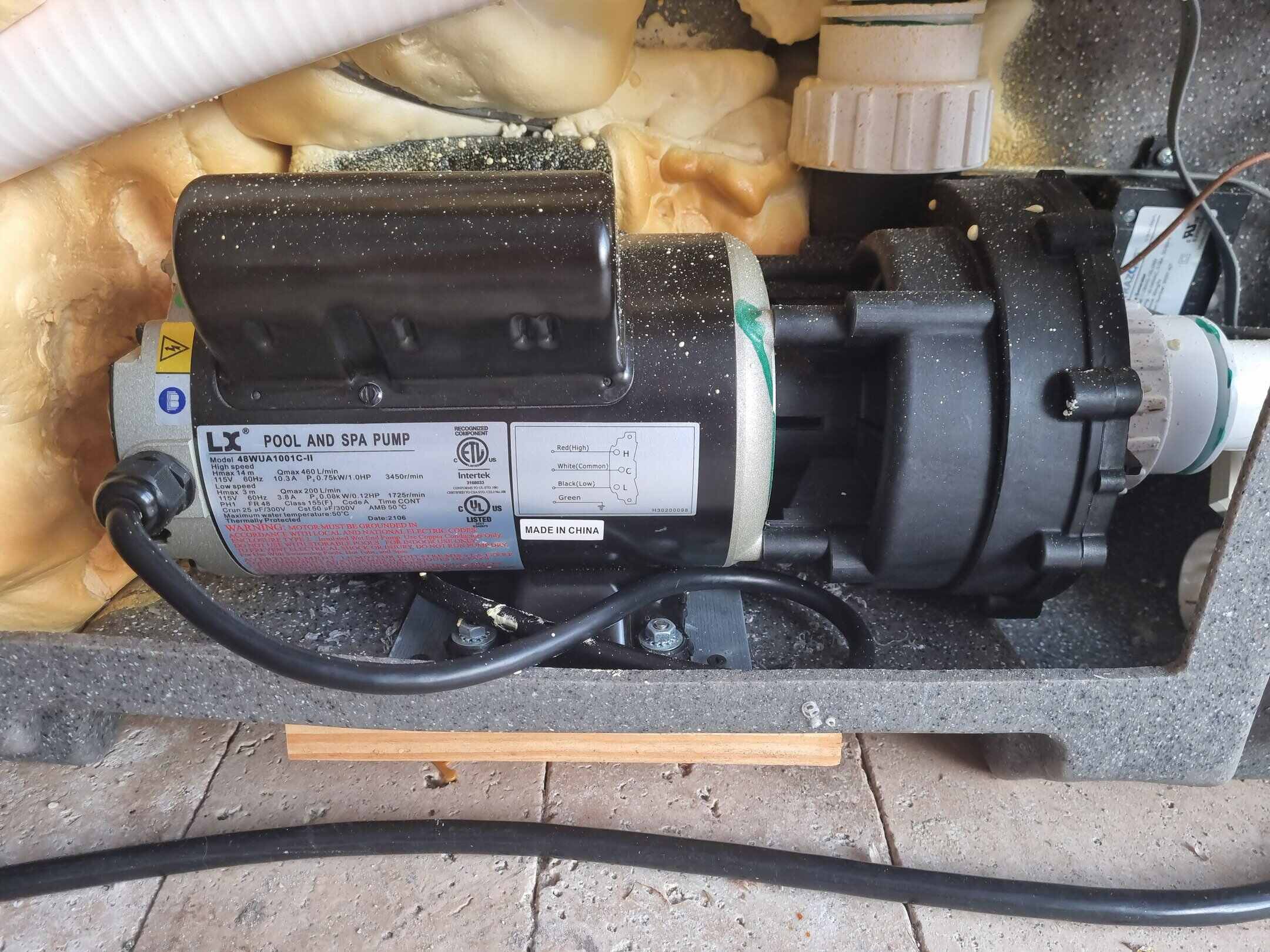
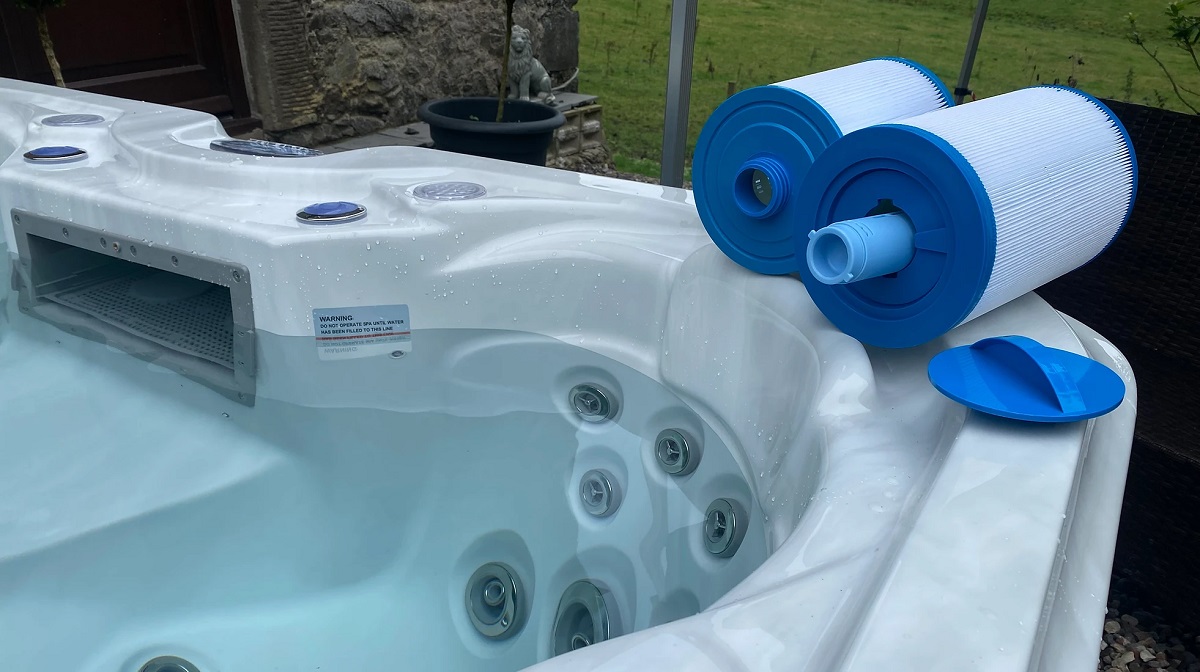

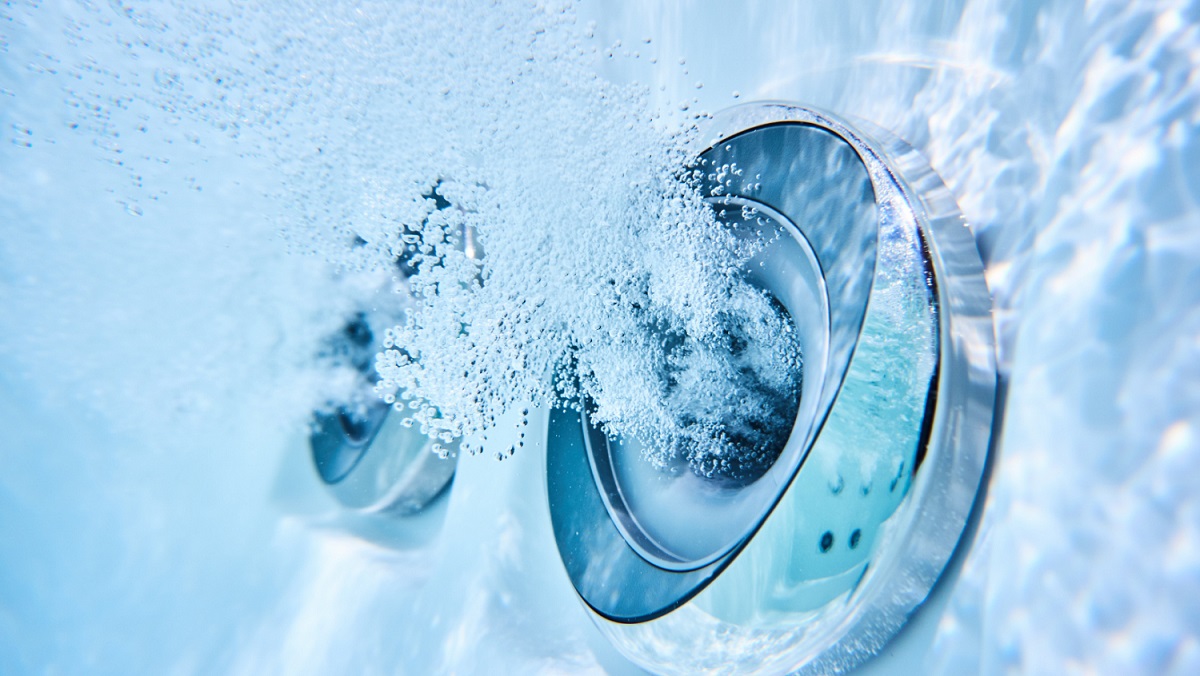
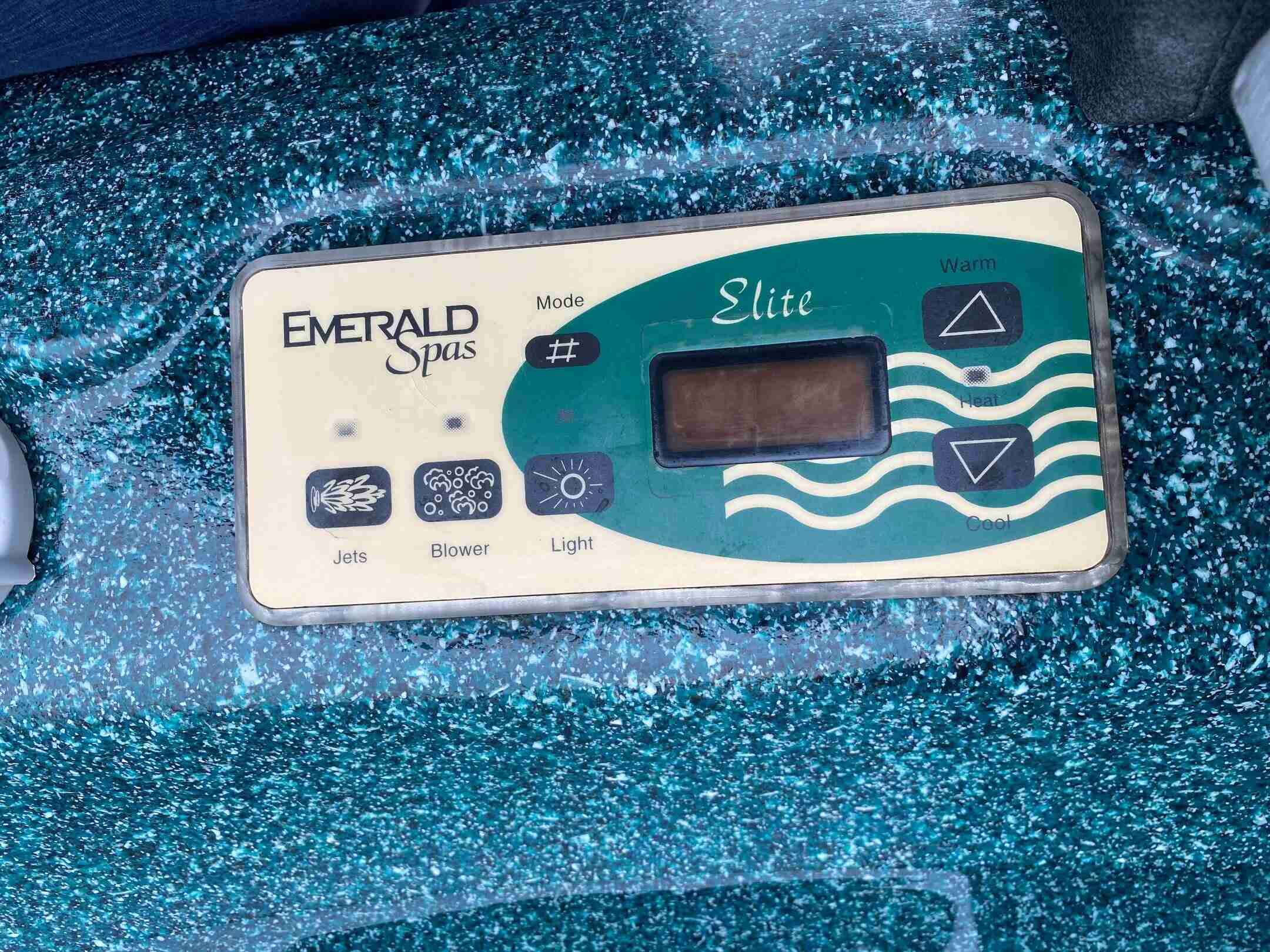
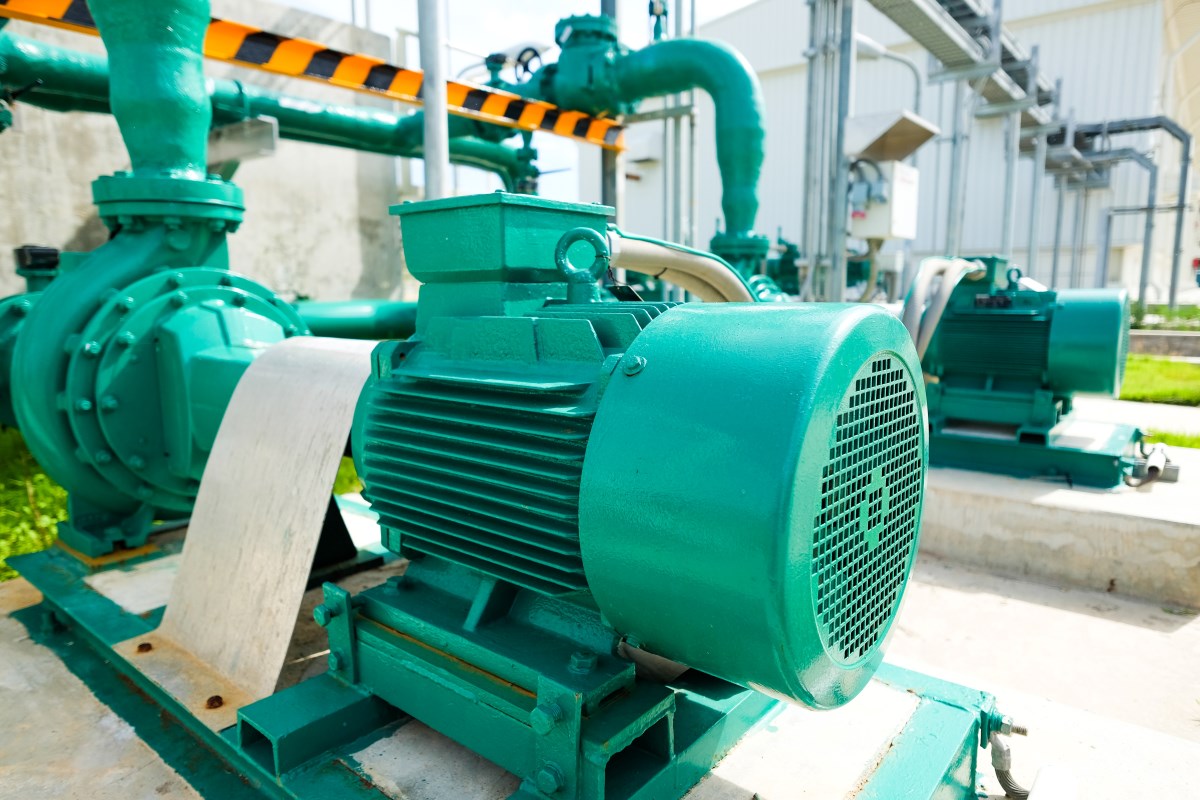
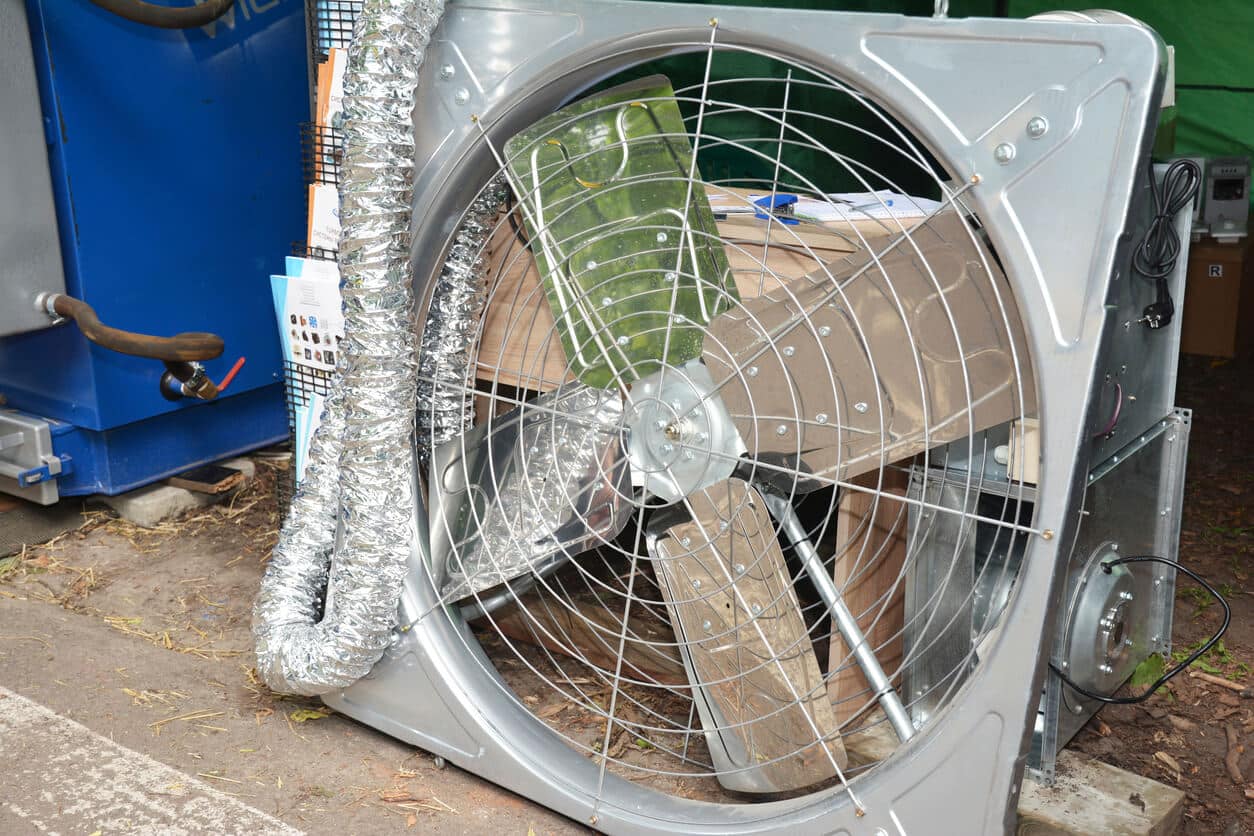
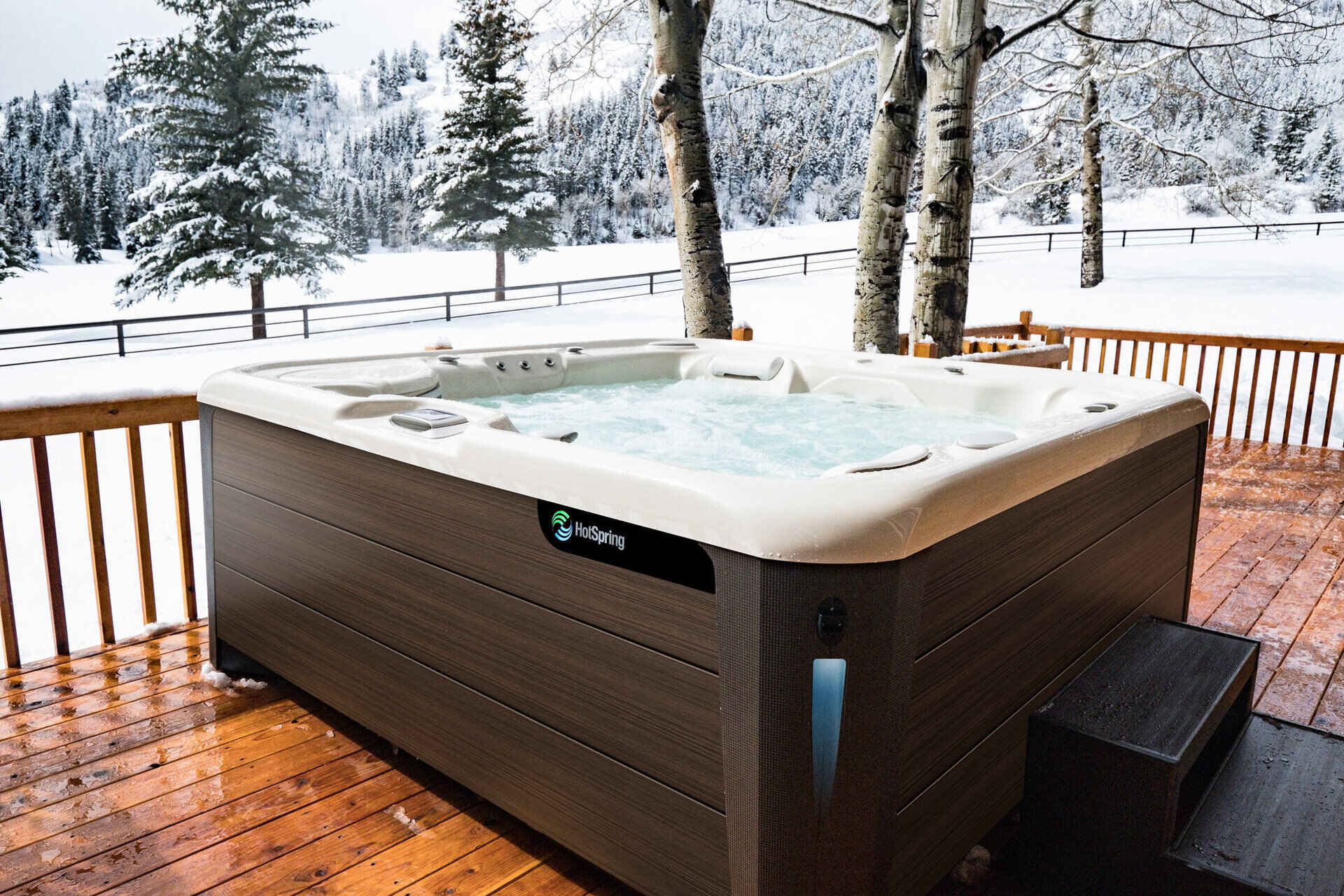
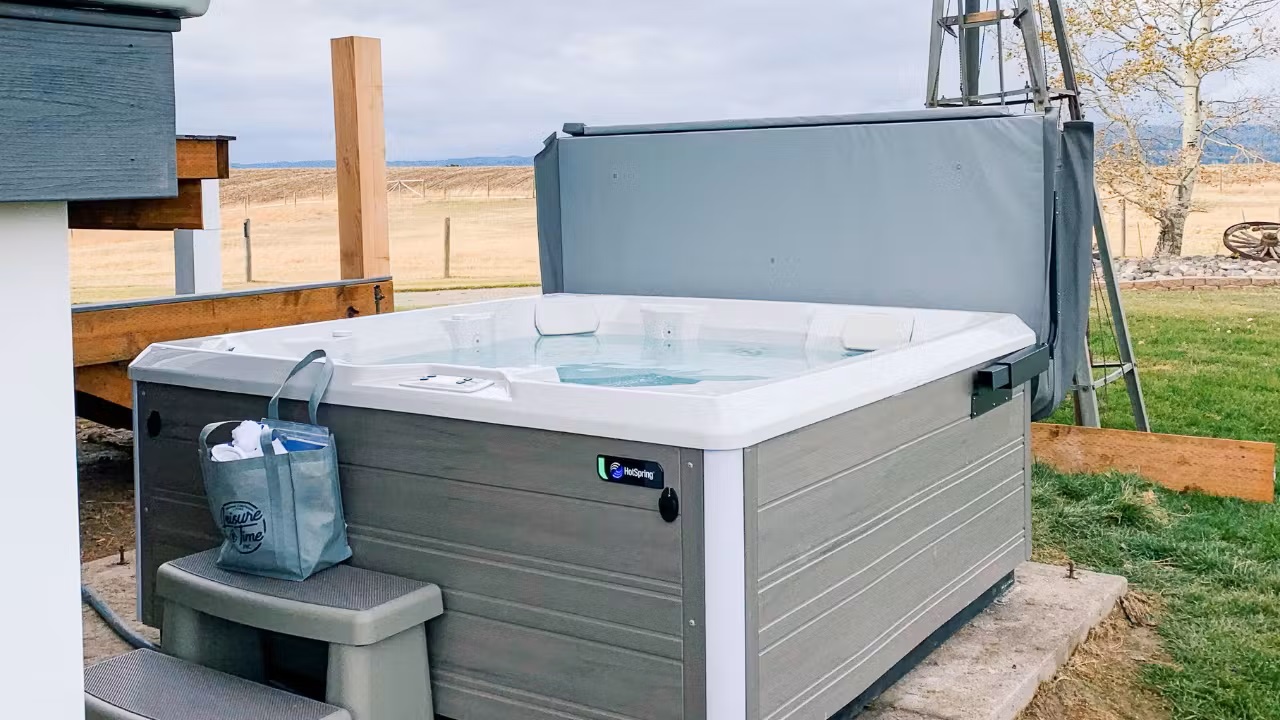
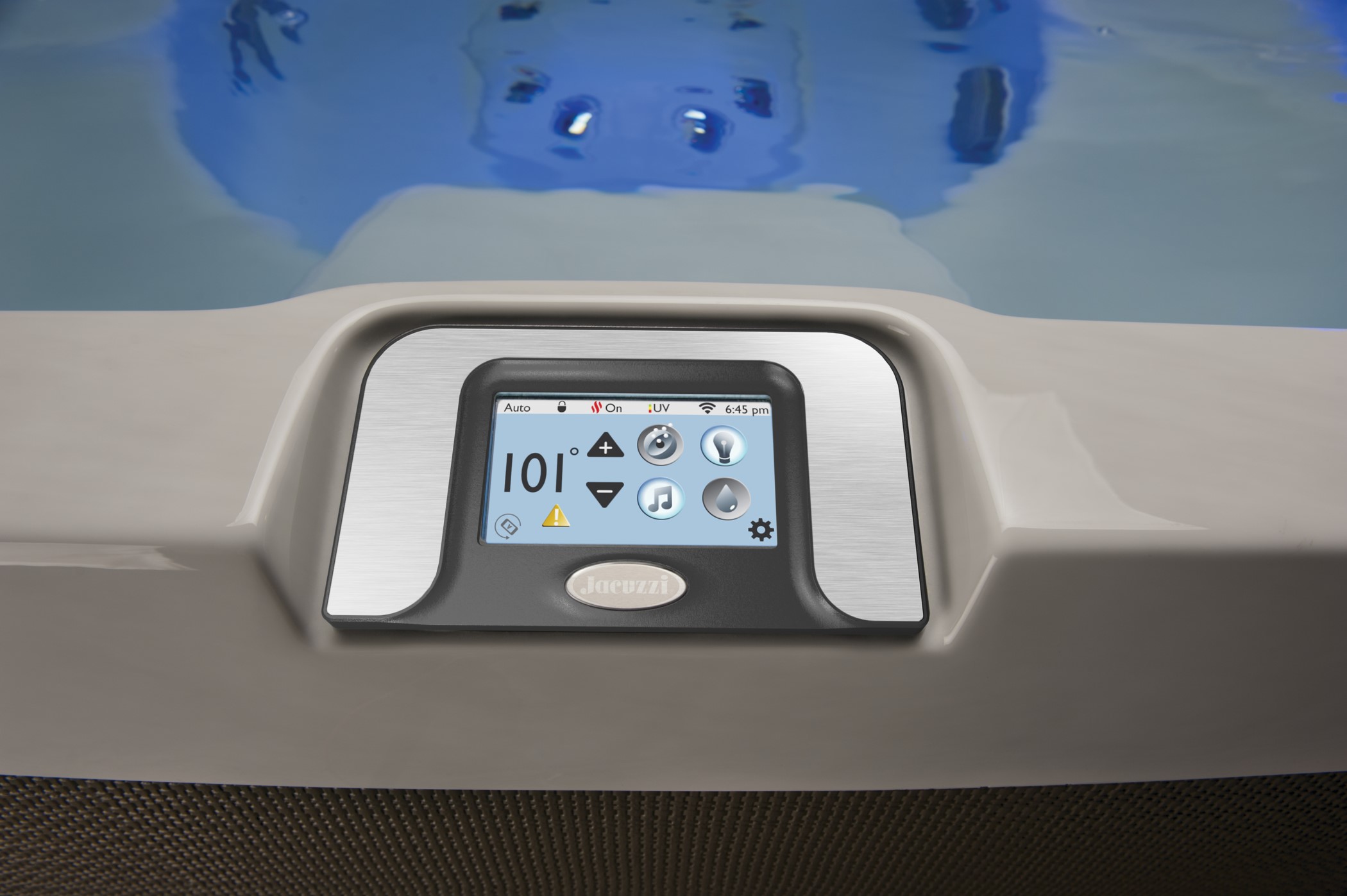
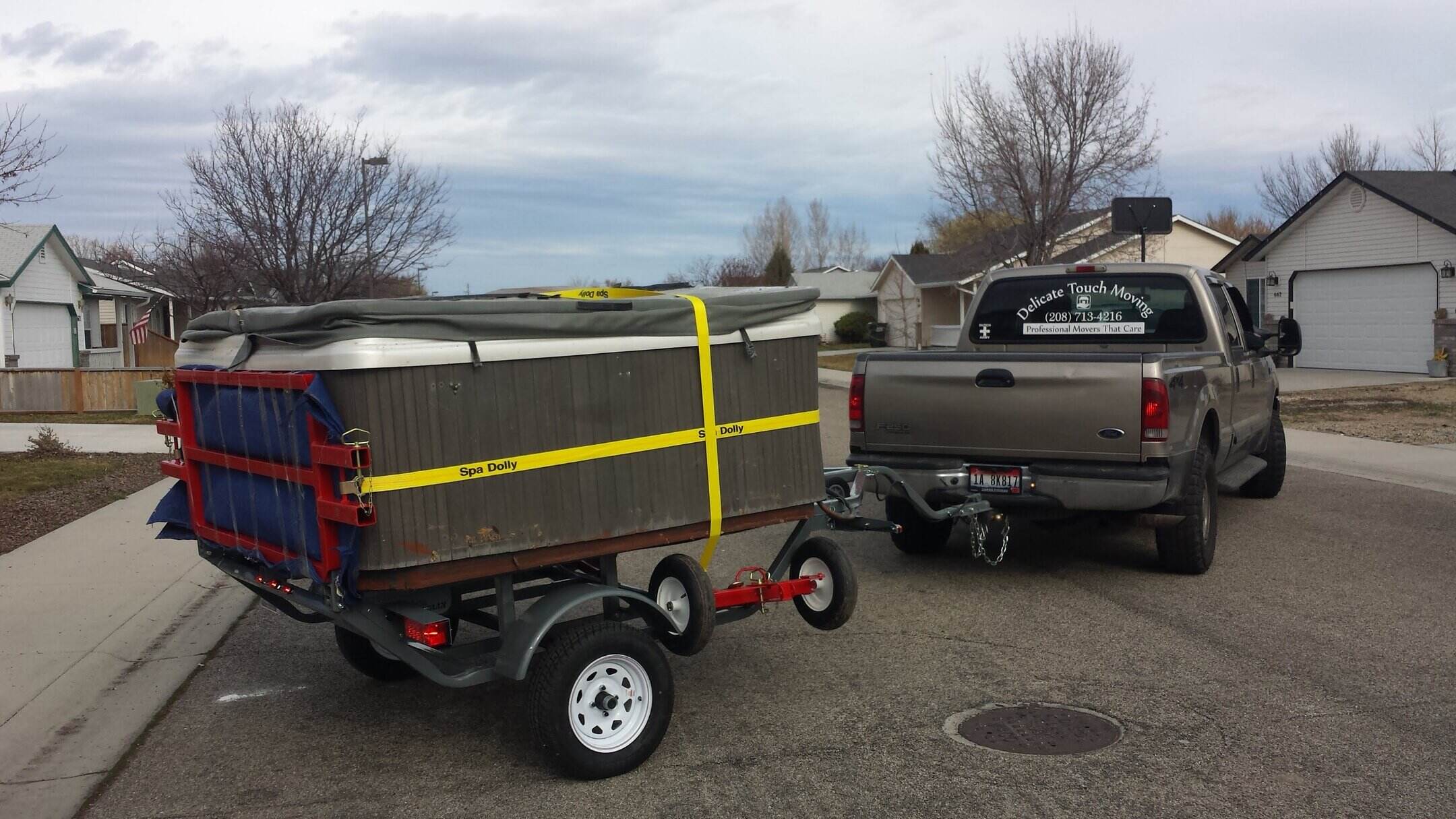
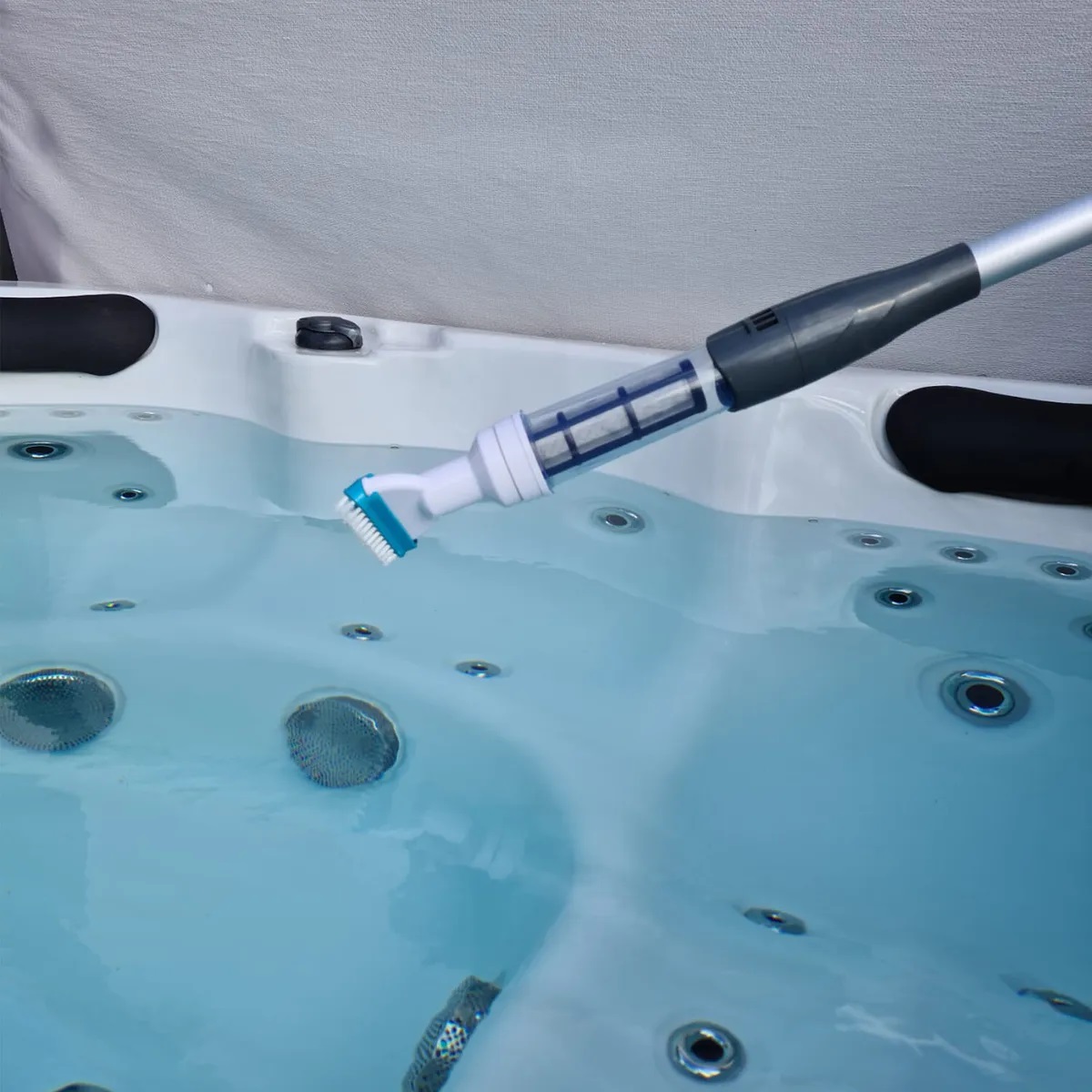
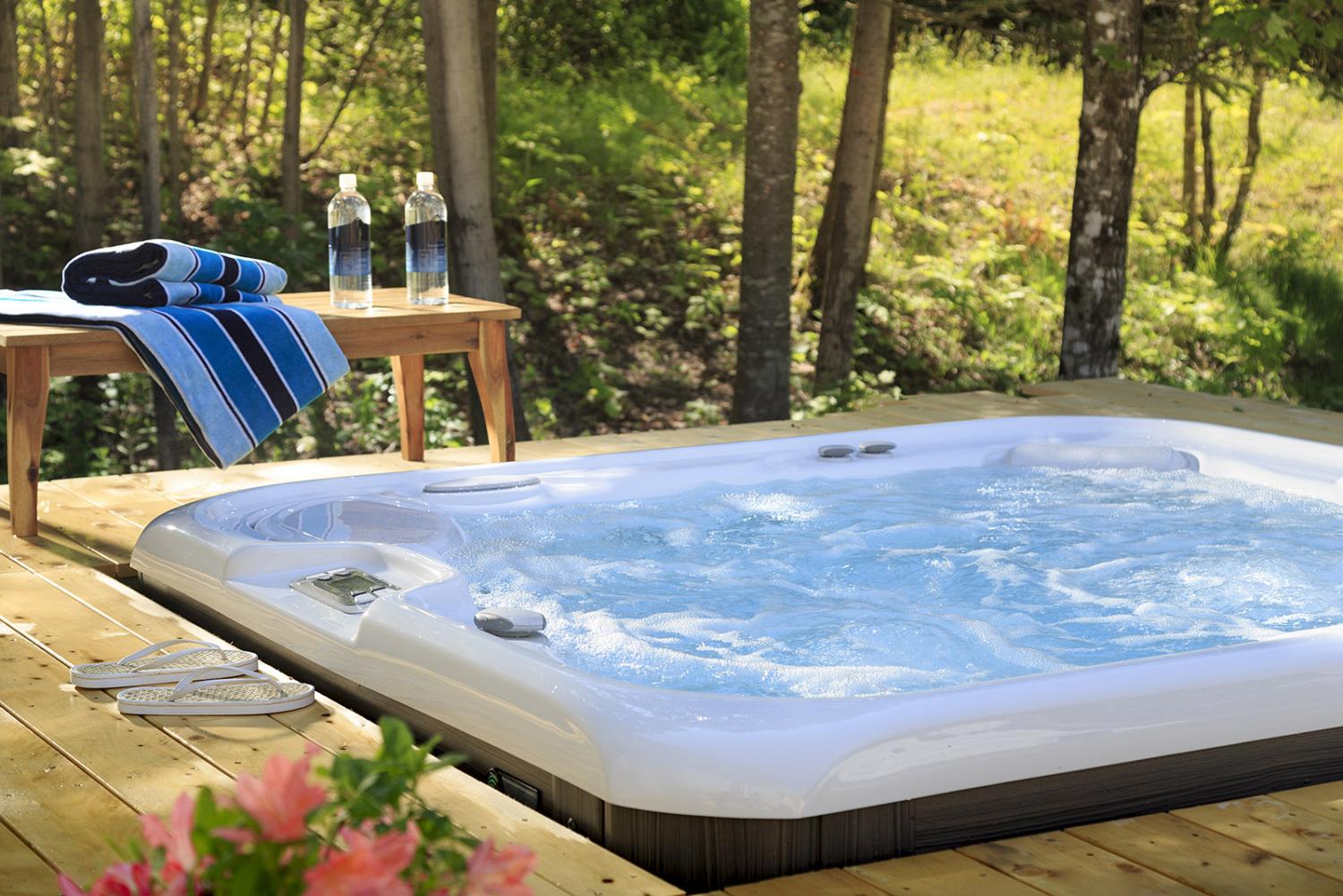
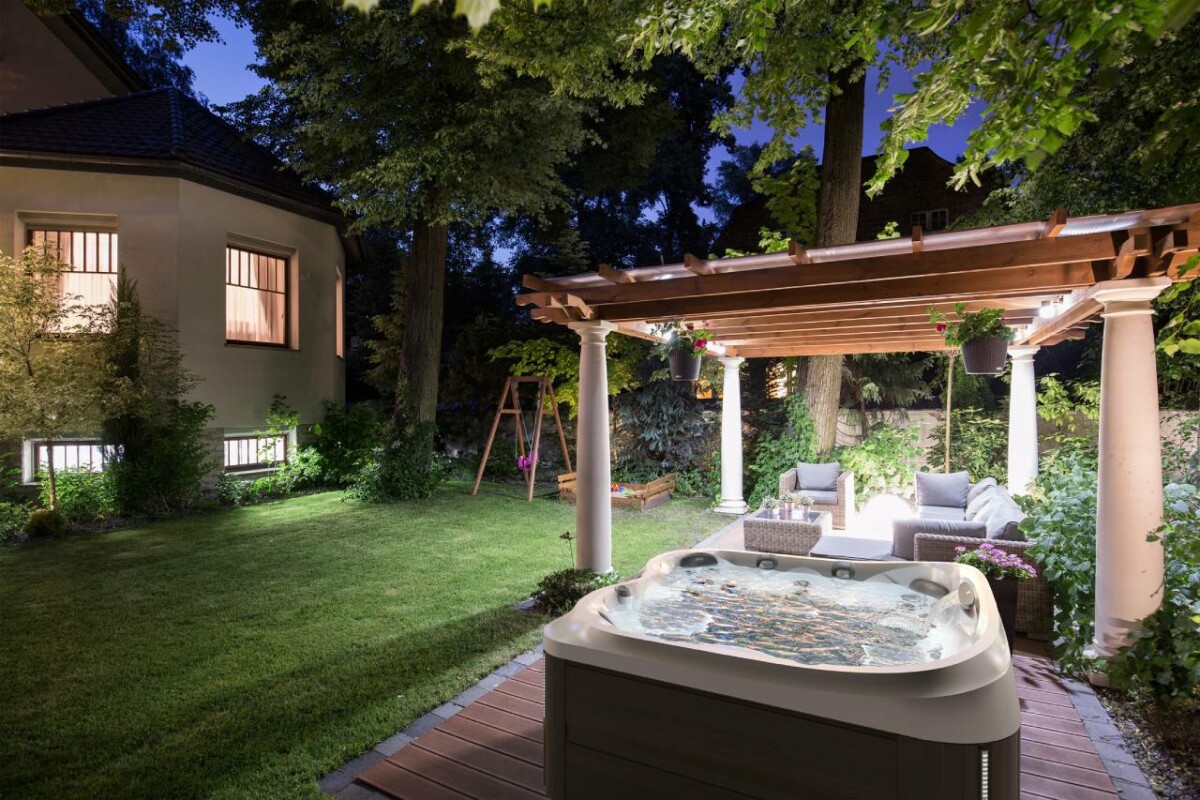

0 thoughts on “How To Tell If Hot Tub Circulation Pump Is Working”